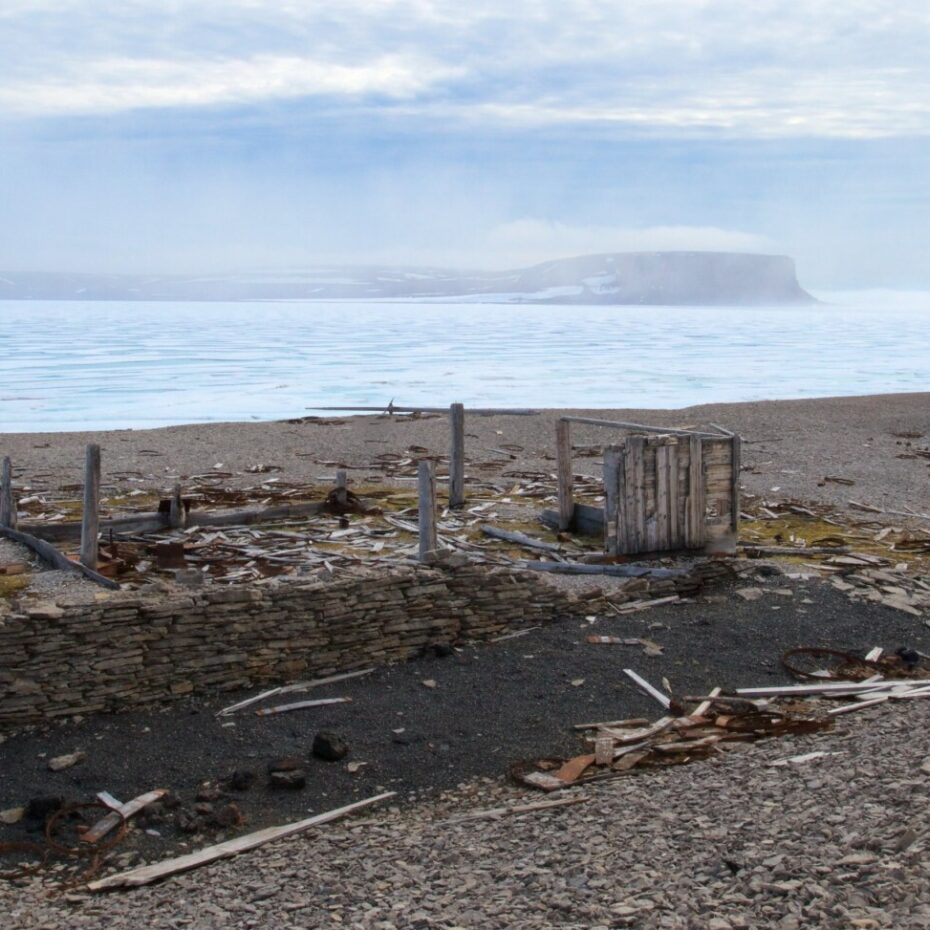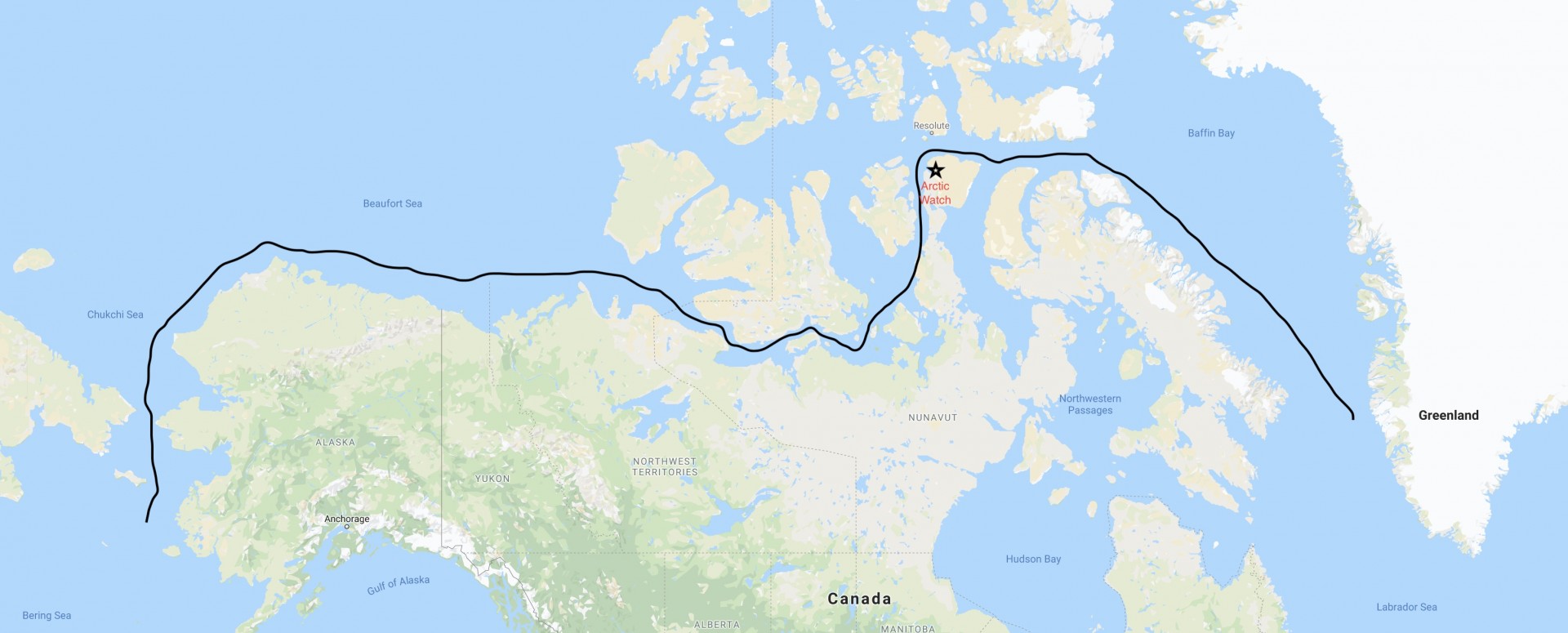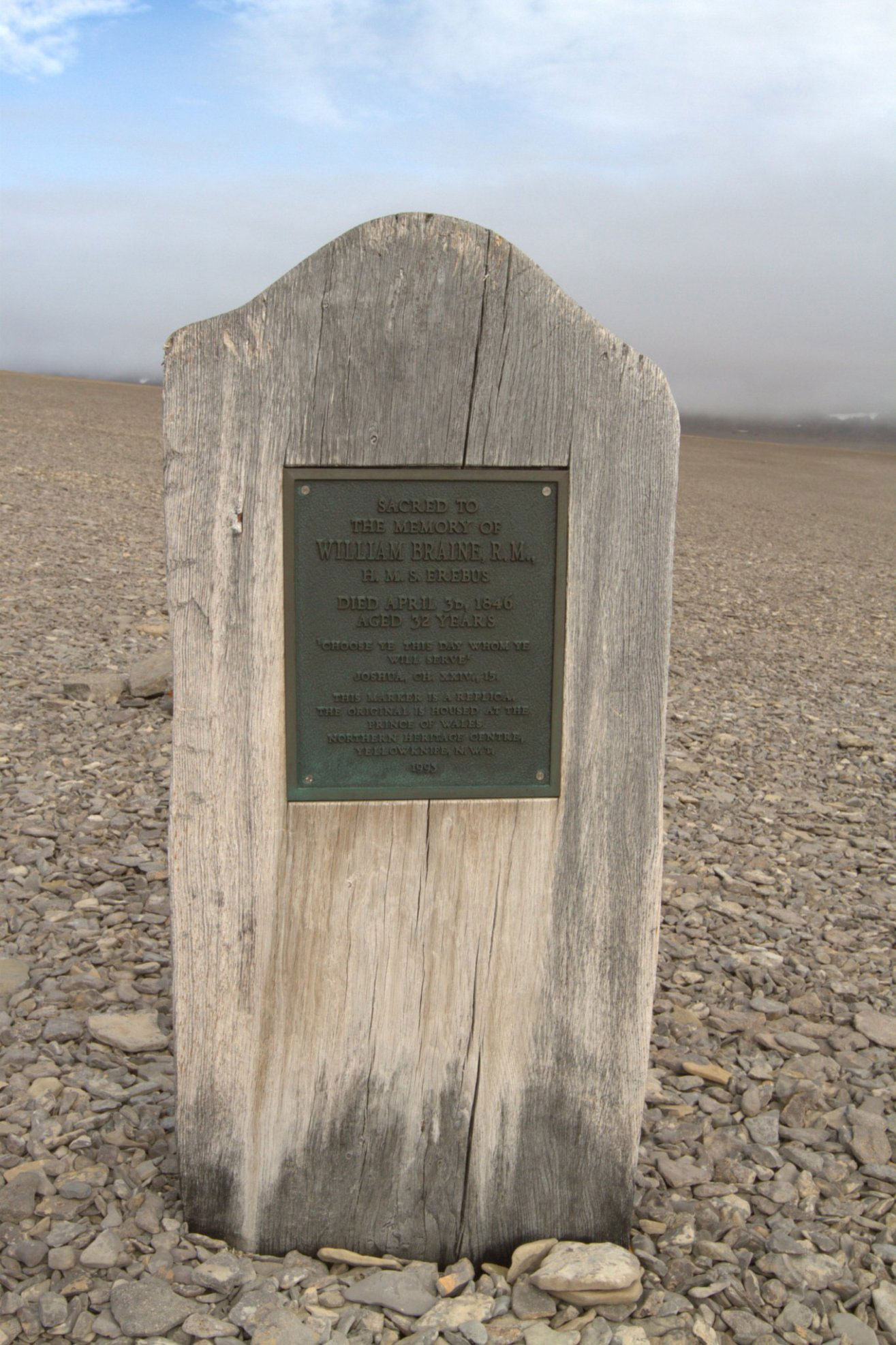
May 20, 2020 | Arctic Watch
EARLY EXPLORATION OF THE NORTHWEST PASSAGE
During the global expansion of the 15th and 16th centuries, Europeans acquired an unquenchable taste for Asia’s spices, teas, and fabrics. Land routes were long, perilous and scattered with thieves. This forced them to push the limits of previous explorers and find a route overseas. With very limited geographic knowledge of the time, European countries sent explorers by ships in all directions. This story will focus on those brave sailors who went northwest.
Christopher Columbus embarked on his journey to the west and famously found land after a relatively short voyage across the Atlantic. Although at first, they believed that they had arrived in Asia, they soon realized that they had discovered a new world - the Americas. This large block of land posed a new problem, how to get around it? This quest for a Passage through the unknown Northwestern waters sparked the European exploration of the Arctic. The only viable route is to navigate the waterways of the Canadian Archipelago. This route is known as the Northwest Passage: Crossing Baffin Bay and weaving around the many islands that make up the archipelago. The Northwest Passage would attract European explorers searching for Asia but it would take almost four centuries before it was successfully sailed. Many crews left ports with high expectations of big discoveries and successful journeys, but most met ice and illness. Some of them vanished never to be heard from again. Their fates forever a secret held by the Arctic.
Martin Frobisher’s expedition in 1576 would be the first European arrival into the Canadian Arctic when he and his crew landed on Baffin Island. This voyage would be his last in search of the passage, however, as he turned his efforts to finding gold on the island.
A few years later, John Davis followed Frobisher’s track in search of the passage, exploring the Davis Strait and locating the Hudson strait. Unfortunately for Davis, the crew met the arctic pack ice and were forced to turn around. This wasn’t the only thing he met in the Arctic. Davis made contact with the Inuit on his voyages but had a falling out soon after their introduction and was attacked several times.
In 1610, Henry Hudson was convinced the strait that Davis had found in his earlier voyage was the passage. Hudson and his crew discovered Hudson Bay. Hudson’s insistence that this was the passage caused his crew to mutiny and abandon him and a few of his loyal crew members in a rowboat while the ship returned to England. Hudson and his followers were never heard from again.
After many failed attempts it seemed as though a route through the Arctic was impossible and interest died down for a while. In the 1800s the British Admiralty began reinvesting in the quest when there was a surplus of men and ships following the Napoleonic wars. They commissioned John Ross to lead a new crew to the Arctic. The crew returned with no further advancements because Ross was confident that Baffin bay was a dead-end and decided to return to England. However, one of his crew members, William Edward Parry, was not impressed with Ross’s lack of exploration and was motivated to explore it himself. He lead an expedition after the first Ross expedition and discovered that Baffin Bay lead into Lancaster Sound that it, in fact, continued westward. This discovery ultimately lead future expeditions to successfully charting the Northwest Passage.

The most famous Arctic expedition was led by Sir John Franklin in 1845 with two large ships; the HMS Terror and the HMS Erebus, filled with enthusiastic sailors embarking on what they fully expected to be the final journey on the search for the Northwest Passage. With intel from Parry, they believed that only a few hundred kilometers of unsailed water lay between them and the Pacific. This did not mean certain success. For exactly what reason, no one knows, both ships were abandoned and all 129 men never heard from again. It is likely that the ships were frozen in the ice, causing the crew to eventually abandon the ship and search for refuge on land. The HMS Terror was found in 2014 and the HMS Erebus was found in 2016, almost 170 years after their abandonment.
Explorer Robert McClure and his crew left England in 1850 with intentions of finding the Franklin crew. They attempted the journey from the west by rounding South America and entering the Arctic by the Bering Strait. This connected Parry’s attempt from the east, thereby finding the Northwest Passage. Like Parry though, they encountered heavy ice and were trapped in Mercy Bay for a year and a half before being rescued by another crew that was sent to find Franklin. McClure’s expedition has been credited with the discovery of the Northwest Passage although they were unable to finish it.
50 years later, Roald Amundsen and his crew used a sailboat that was assisted by an internal engine to successfully link McLure’s discovery with Parry’s discovery. Using the information given to him from the many expeditions before him as well as survival techniques from the Inuit peoples, Amundsen ended the nearly four-century hunt for the Northwest Passage by traveling from the Atlantic to the Pacific.
Like those early explorers, we feel the same burning urge to discover the secrets held by the Arctic. Positioned on the northwest coast of Somerset Island, our Arctic Watch Wilderness Lodge lies right along the Northwest Passage. This gives our guests the unique opportunity to peer across the same waters that Franklin did some centuries ago. In fact, a short plane ride away from the lodge is Fury Beach, rich with history from those pioneer Arctic expeditions. Fury Beach is named after the HMS Fury, a Royal Navy ship that carried Edward Parry and his crew on two expeditions in search of the Northwest Passage. The HMS Fury was damaged during the winter of 1825 and abandoned at the beach while the crew piled into the second ship and returned to England safely. Seven years later, John Ross and his crew used the stores that Parry had left on the beach to save their lives when their ship was caught in the ice and lost. To this day there are bits of iron and wood scattered across the beach.

Also accessible by plane from Arctic Watch is Beechey Island and Port Leopold. Beechey Island hosted the Franklin crew during their first winter of the expedition. We can view the graves of those who passed away during that harsh winter and the remaining foundation of a storehouse erected by the one for the Franklin search parties. Port Leopold hosted the Royal Navy search crew captained by James Ross that wintered there in 1849 while looking for the lost Franklin crew. The search crews signature still scars a rock in Port Leopold with “E.I. 1849” standing for the names of their ships ‘Enterprise’ and ‘Investigator’ and the year they were there.
To join these explorers in being the few people that will ever get the chance to step foot on the shores of the infamous Northwest Passage, check out the adventures we offer.
Written by: Donny Boake
We're here to help.
We understand that booking a trip like this is a big endeavour. Please reach out to us with any questions that you might have regarding your upcoming adventure.



